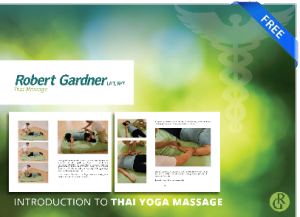Cranialsacral Therapy pt.6
Hugh Milne was Rajneesh’s (also known as Osho) bodyguard for years. I didn’t find this out until recently and hadn’t realized he’d written a book on it. As Milne described in this video he had to watch people as Osho’s bodyguard.
Many of the things that stood out from Milne’s book had to do with listening. The listening wasn’t with your ears alone, it was all of you. Pay attention. He encouraged watching body stance, posture, physical expression. Watching the video it became clear that he’d practice deep observation as Osho’s bodyguard.
In meetings and organized talks he’d watch for signs of agitation in the audience. Those were the people he’d approach and make light chat with. Depending on how they reacted he acted as bodyguard. I found it remarkable to see two of my teachers had worked so closely together, something that intrigues me forever. Here they were Rajneesh and Milne in close contact, a fact I’d never realized before.
I encourage my students to practice this observational skill in their bodywork practice. It cuts our work when we can observe posture in particular to figure out what people are doing to hold themselves in positions that hurt more than they help. If we can educate, it makes a huge difference. An ounce of prevention is worth a pound of cure.
Being devoid of attachment to particular outcomes is ideal as a bodyworker. We want to help but being too fixated on outcomes leads to stress, strain and burn out. Relax. Enjoy your work with people and watch them, assist them, make them aware of their own patterns and practice, practice, practice.
Jesus didn’t become a healer over night.
Being able to sit and deeply listen is the core of cranialsacral therapy. Just making contact is more than doing anything. In that deep stillness, the client’s healing can come out. When we’re not trying to do anything is where most of the healing seems to happen.

